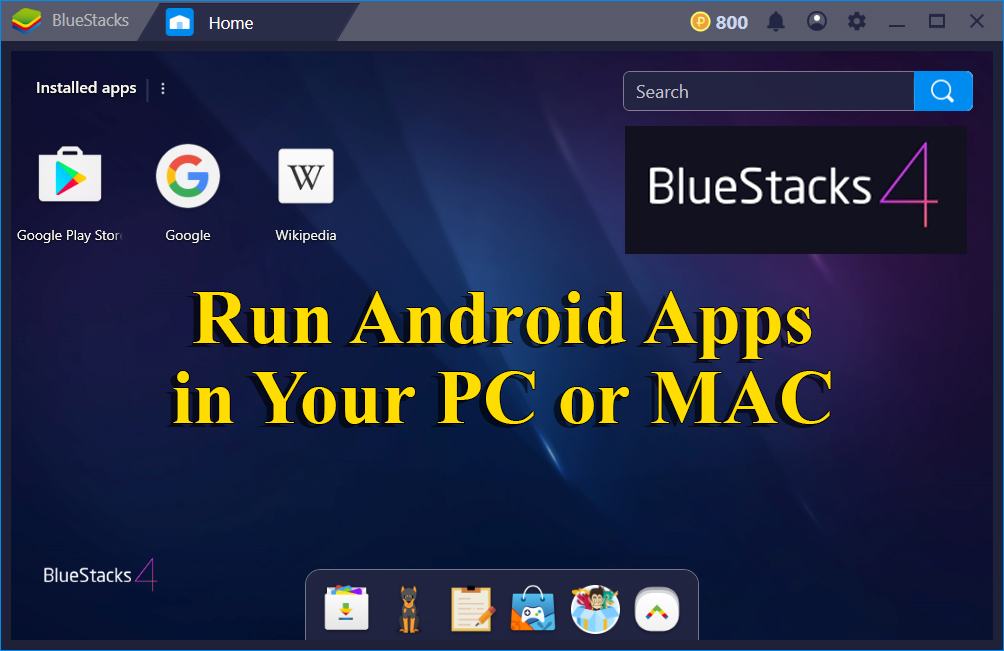Cell phones today have become an everyday thing among people from different walks of life. The reason that caused such proliferation of cellular phones is the existence of a vast amount of addictive applications and games that can be played on these cell phones. These apps and games significantly further the usability of a mobile phone and hence the most popular cell phones out there in the market, including but not limited to the Apple’s iPhone and other phones loaded with Android OS are leading with lots of apps with technological advancements that have the ability to be more productive.
The first apps to go viral at an unprecedented pace were the apps with calling and texting, which are capable of reducing the burden on your wallet by helping you stay in touch with your dear ones. Such apps are rightly called “Over The Top” or OTT apps, some examples are WeChat, WhatsApp, Viber, Line, Rebtel, etc. The important differences in these apps are that only a few of these apps help you make phone calls (Rebtel and Viber), the others are only text messaging-based.
In my case, a dilemma that occupies me is why should I take these bulky cellular phones just to enjoy these apps, especially when I am next to a computer? Sadly, less than a handful of the app developing companies have looked at creating their apps for a computer natively. Switching between phone and PC is time-consuming since you need to stop whatever you need to work on your computer and again use your phone in order to use these applications. Viber for PC is the first and foremost step in this direction but it lacks a lot.
Companies other than the ones that deal with app development have put a lot of effort to make users capable of using Android applications on their laptops or computers. Their efforts have seen the bright light now, as it is possible to use Android apps on computers or laptops. Eureka! This solution is a side product of a method to allow application developers to test their phone apps during development on their computers before submitting them for review by the stores such as the Windows’ app store, Apple’s iTunes or the Google Play store. That is to say, a phone app developer could, if needed, try his/her Android phone app on personal machines using an emulator, test the app, and subsequently submit it for review. This is the same method we will use to enjoy Android apps on PC.
Today we are going to discuss how can a novice user employ this information to use ur favorite phone app on a laptop without the costly affair of a cellphone. This technique, of course, will apply equally even when you want to download Android games on your personal computer.
Steps to Get Android Games/Apps on your PC or MAC
- Download an Android emulator called Bluestacks. There is also Youwave, but it won’t work with ARM-based apps.
- Install Bluestacks and run it. Note: You might run into graphics errors during installation, however, you should be able to find a solution to most of the Bluestacks errors here.
- On the home page of Bluestacks, click on the search button and type in the name of the app or the game you want.
- Select one of the many app stores and install the app.
- Go back to the home page and you should see the app listed there, you should be able to double click the app and run it.
I hope you find this tutorial helpful. Feel free to leave a comment if you are stuck anywhere or need specific instructions for your favorite game or app.
